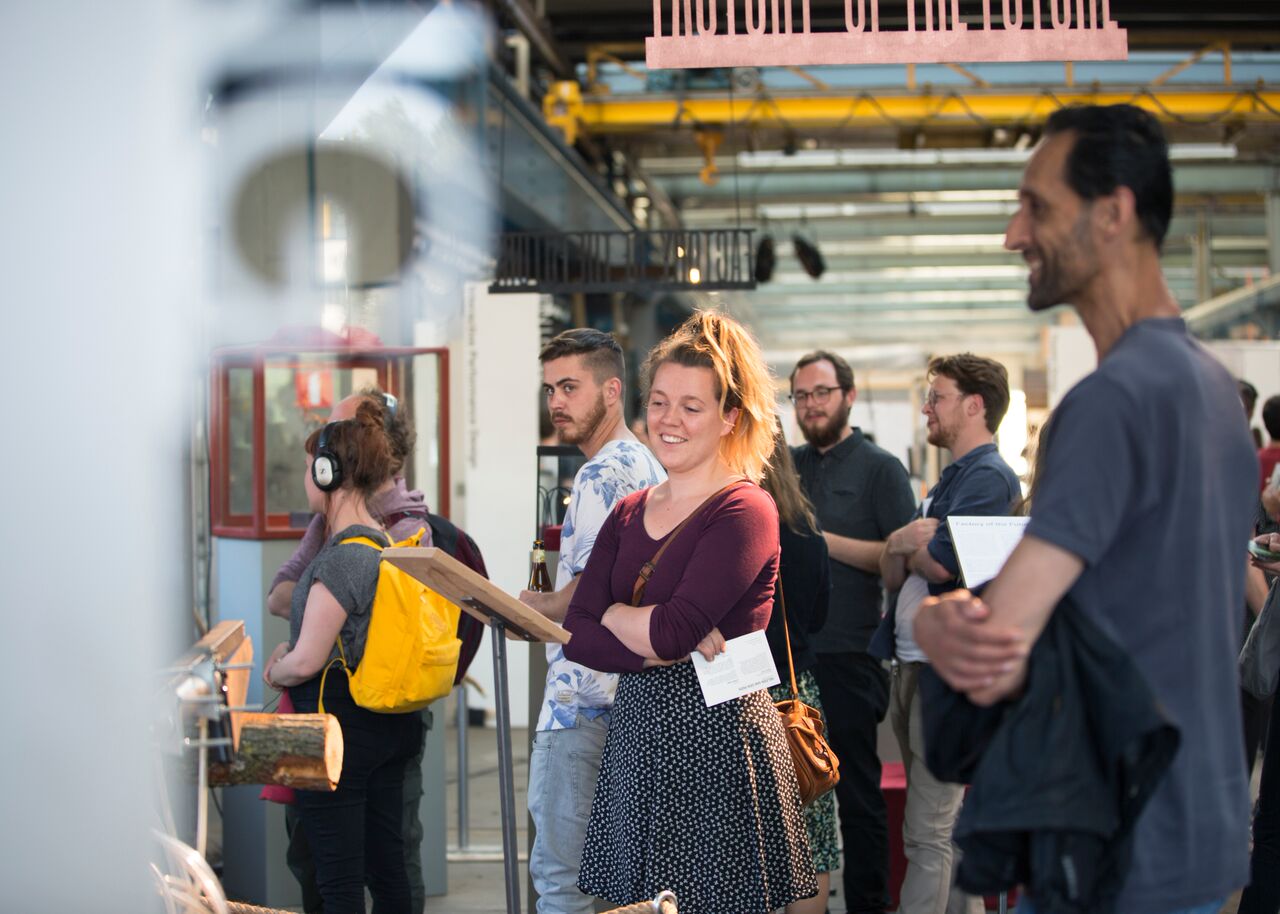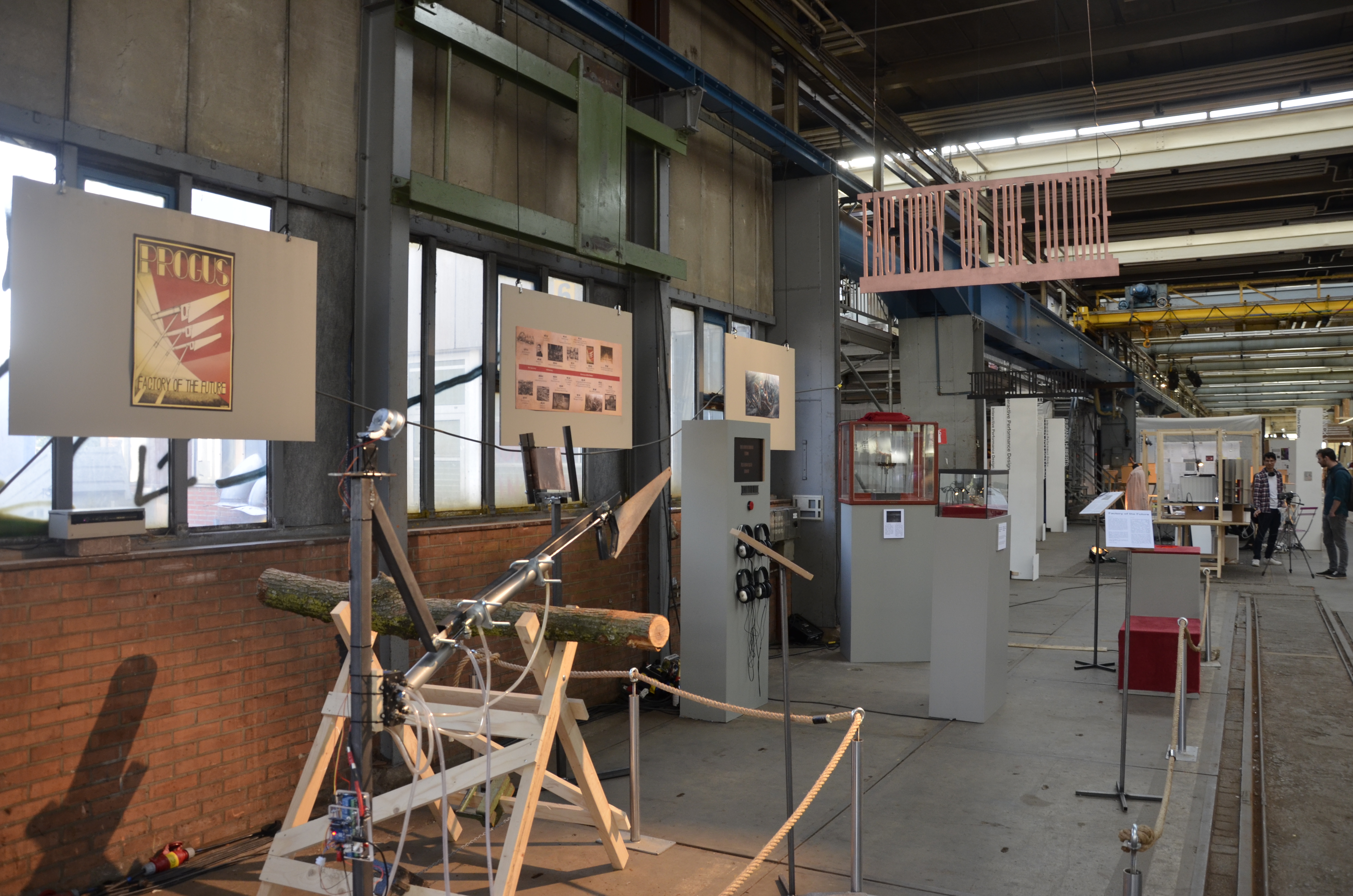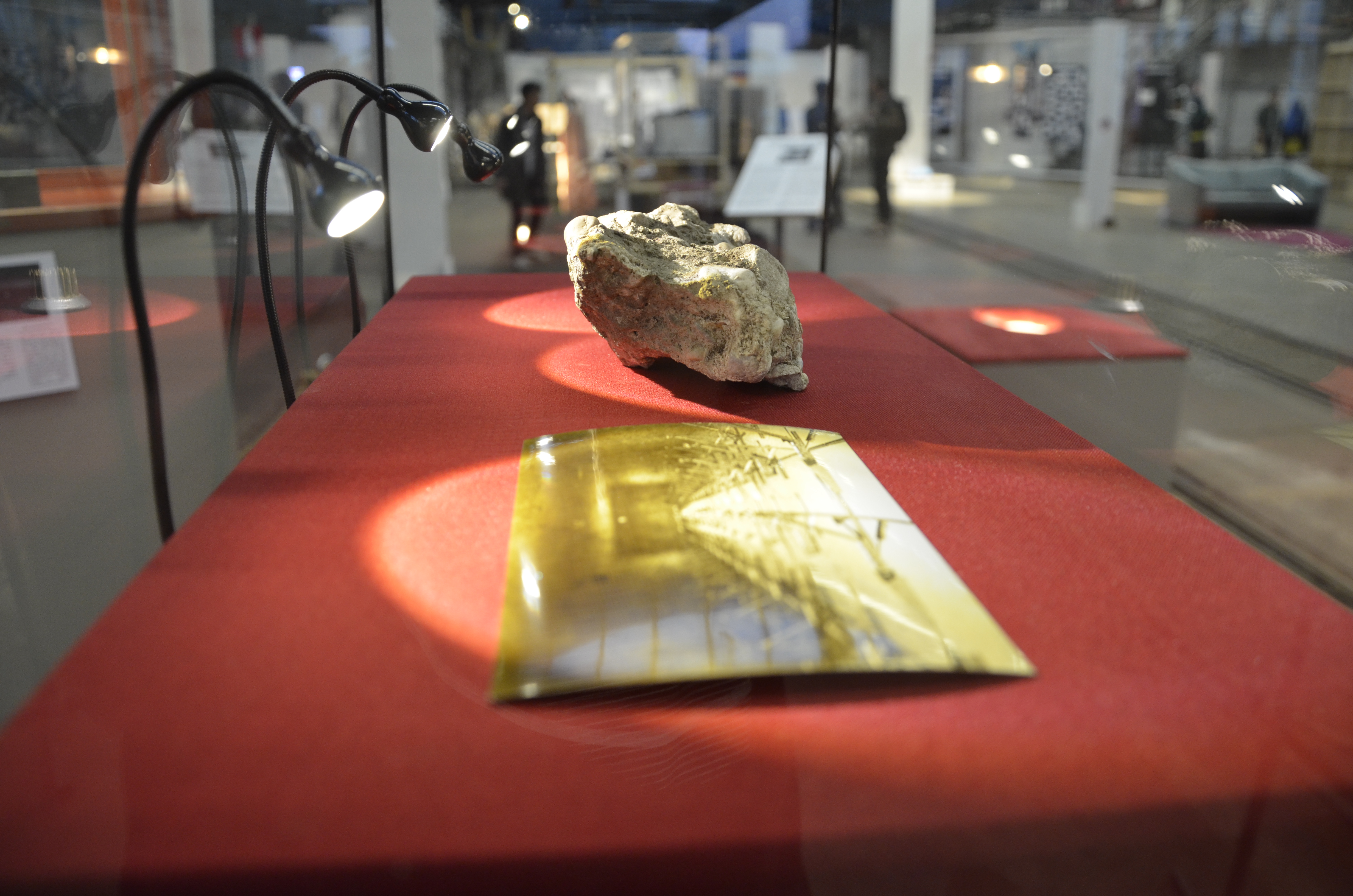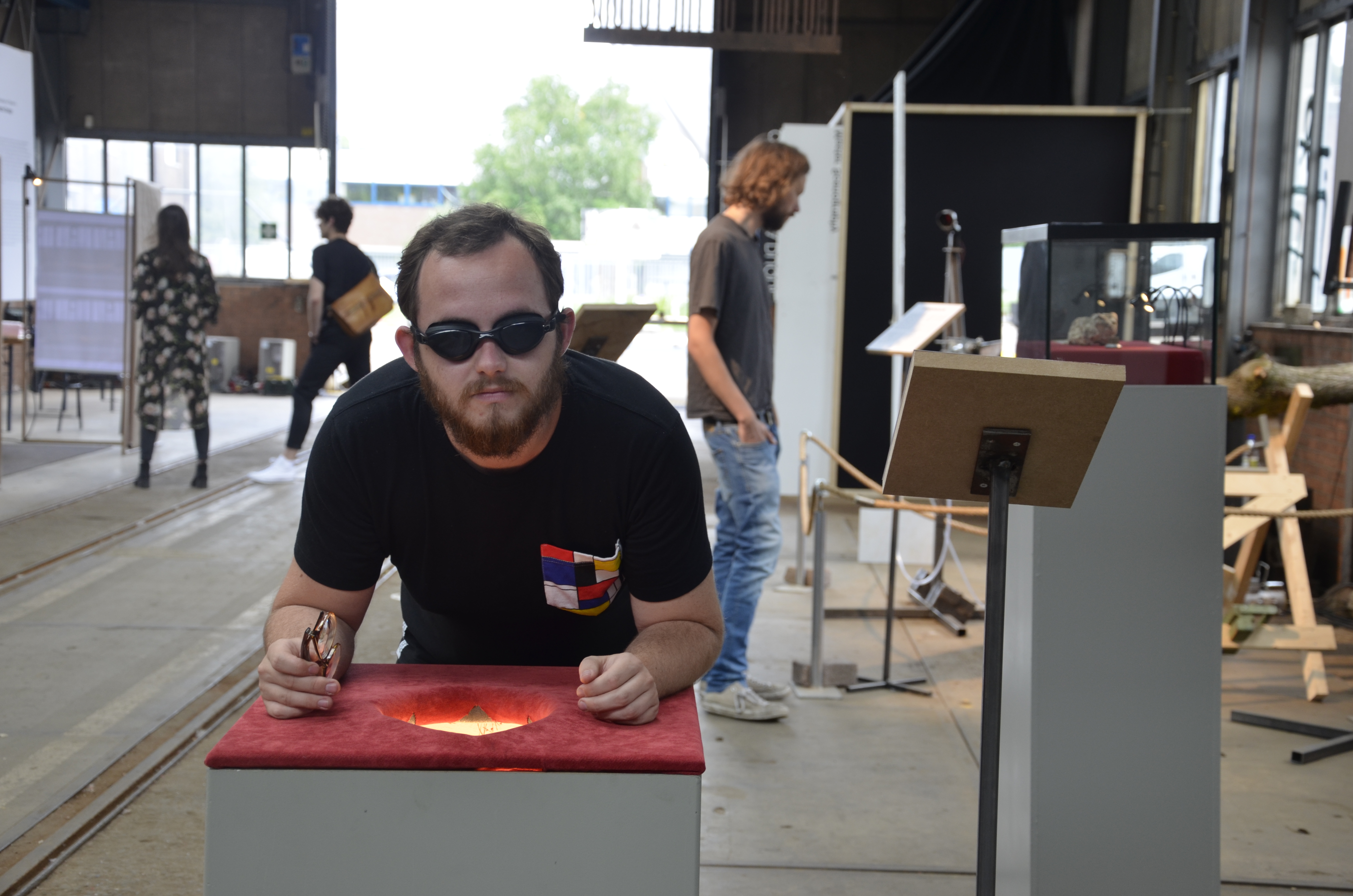︎ Factory of the Future

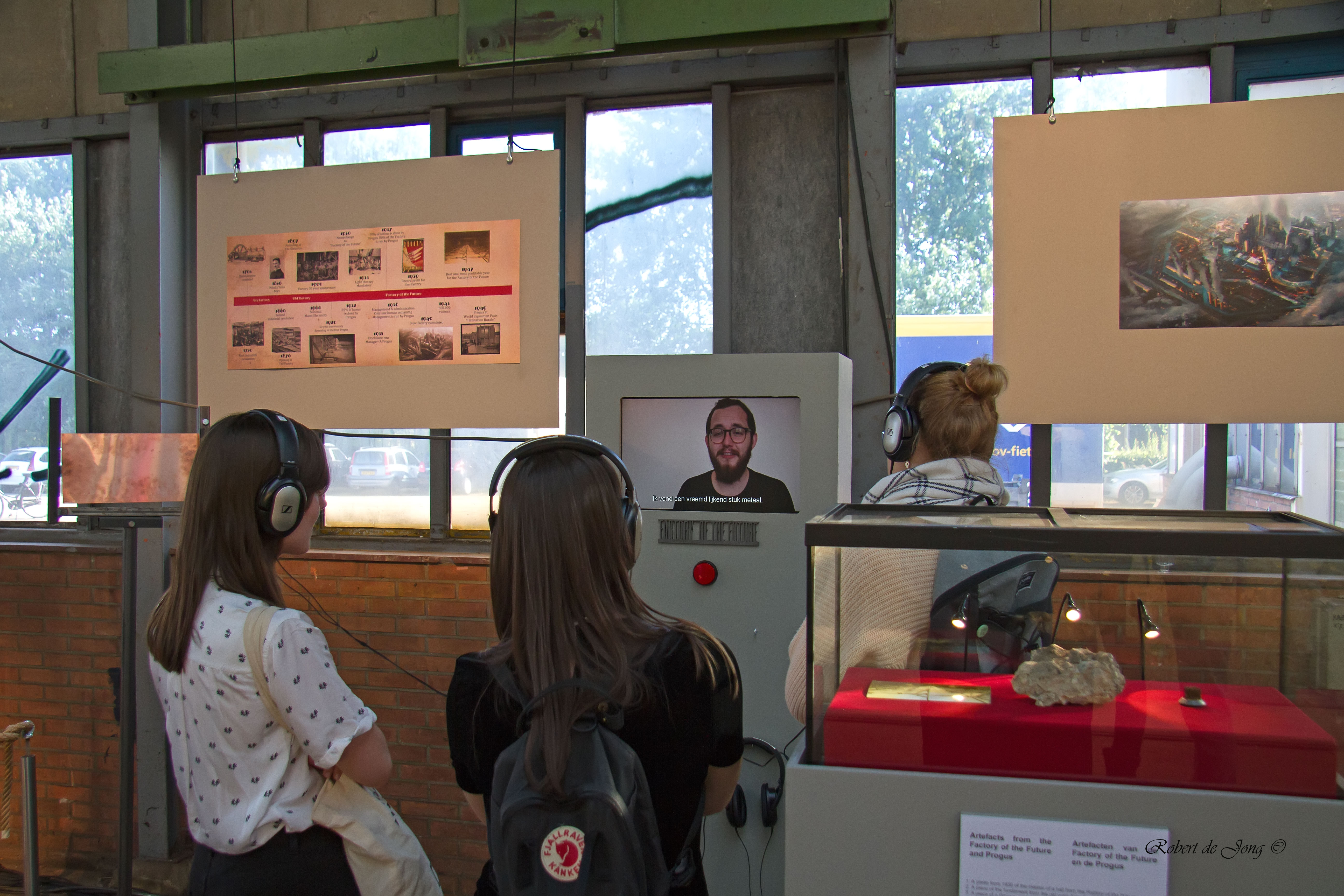
Factory of the Future
From a normal factory, to ‘Factory of the Future’. This occurred in 1920 when the first Progus was designed in a factory. However, the name was officially changed to ‘Factory of the Future’ in 1930. The Progus was meant as a replacement for human labor. It would be the predecessor of the robot. From that moment on, humans were no longer the centrepoint in the factory. This was the very first time in history humans could delegate work this way.
In contrast to the Industrial Revolution, about which we learn at our schools extensively, this essential step in the history of the development of robotics was forgotten. After delving even further in the history of the Factory of the Future I can even state that the past of this phenomenon was forgotten on purpose. Why it is forgotten on purpose is a question I am still trying to answer. I did, however, manage to collect data and information about the Factory of the Future and Progus. During my fieldwork in Europe I collected several objects from the factory. I also visited the families of the employees of the Factory of the Future. None of them wanted to tell me what happened to the Factory of the Future that it was forgotten on purpose. To get rid of me as soon as possible, they gave me the objects from the factory the families kept after it all closed down. With help of old blueprints I rebuilt the first version of the Progus from the objects I have collected. When I was rebuilding the first Progus I was specifically cautious to rebuild it as authentically as possible. Including its errors and mistakes. The original Progus only works when it feels pressure. When nobody is looking it does not work. If there is one onlooker, it starts feeling pressure and starts to work. When there are more onlookers, it increases its production speed. This design flaw was fixed in 1924 when an all-seeing Progus was designed that worked as a panopticum on the working Progus.
From a normal factory, to ‘Factory of the Future’. This occurred in 1920 when the first Progus was designed in a factory. However, the name was officially changed to ‘Factory of the Future’ in 1930. The Progus was meant as a replacement for human labor. It would be the predecessor of the robot. From that moment on, humans were no longer the centrepoint in the factory. This was the very first time in history humans could delegate work this way.
In contrast to the Industrial Revolution, about which we learn at our schools extensively, this essential step in the history of the development of robotics was forgotten. After delving even further in the history of the Factory of the Future I can even state that the past of this phenomenon was forgotten on purpose. Why it is forgotten on purpose is a question I am still trying to answer. I did, however, manage to collect data and information about the Factory of the Future and Progus. During my fieldwork in Europe I collected several objects from the factory. I also visited the families of the employees of the Factory of the Future. None of them wanted to tell me what happened to the Factory of the Future that it was forgotten on purpose. To get rid of me as soon as possible, they gave me the objects from the factory the families kept after it all closed down. With help of old blueprints I rebuilt the first version of the Progus from the objects I have collected. When I was rebuilding the first Progus I was specifically cautious to rebuild it as authentically as possible. Including its errors and mistakes. The original Progus only works when it feels pressure. When nobody is looking it does not work. If there is one onlooker, it starts feeling pressure and starts to work. When there are more onlookers, it increases its production speed. This design flaw was fixed in 1924 when an all-seeing Progus was designed that worked as a panopticum on the working Progus.
Factory of the Future
Van een normale fabriek naar de ‘Factory of the Future’. In 1920 gebeurde dit, toen de Progus werd uitgevonden in een fabriek. De officiële naamsverandering was echter pas in 1930. De Progus werd de vervanging van de mens, maar een voorloper op de robot. Vanaf dat moment stond de mens niet meer centraal in de fabriek. Dit was de eerste keer dat de mens werk uit handen kon geven.
In tegenstelling tot de Industriële Revolutie, waar iedereen op school over leert, is deze ongelooflijk belangrijke stap uit onze geschiedenis niet bewaard gebleven. Na langer de geschiedenis van de Factory of the Future te hebben onderzocht kan ik zelfs stellen dat het opzettelijk is vergeten. Waarom het opzettelijk is vergeten is een vraag waar ik nog een antwoord op probeer te vinden. Ik heb wel al veel informatie weten te verzamelen over de Factory of the Future zelf en de Progus. Tijdens mijn veldwerk in Europa heb ik verschillende objecten verzameld die afkomstig zijn uit de fabriek. Ook ben ik langs geweest bij de nakomelingen van oud-medewerkers. Geen van hen wilde mij vertellen wat zich er precies afspeelde in de Factory of the Future en waarom het opzettelijk vergeten is. Om mij zo snel mogelijk weg te krijgen, gaven zij mij objecten afkomstig uit de fabriek die de families hadden bewaard. Ook heb ik aan de hand van bouwtekeningen en de gevonden of de verzamelde objecten de eerste versie van de Progus weten na te bouwen. Toen ik hiermee bezig was heb ik er specifiek op gelet dat de Progus exact hetzelfde zou worden als op de bouwtekeningen van toen, inclusief de fouten. De originele Progus, en mijn model, werkt alleen als het werkdruk voelt. Kijkt er niemand naar hem, dan werkt hij niet. Staat er één iemand, dan voelt hij werkdruk en dan zal hij beginnen te werken. Staan er nog meer mensen bij, dan verhoogt hij zijn productiesnelheid. Dit ontwerpfout is uiteindelijk in 1924 verholpen door een alziende Progus te ontwikkelen die als een panopticum op de werkende Progus functioneert.
Van een normale fabriek naar de ‘Factory of the Future’. In 1920 gebeurde dit, toen de Progus werd uitgevonden in een fabriek. De officiële naamsverandering was echter pas in 1930. De Progus werd de vervanging van de mens, maar een voorloper op de robot. Vanaf dat moment stond de mens niet meer centraal in de fabriek. Dit was de eerste keer dat de mens werk uit handen kon geven.
In tegenstelling tot de Industriële Revolutie, waar iedereen op school over leert, is deze ongelooflijk belangrijke stap uit onze geschiedenis niet bewaard gebleven. Na langer de geschiedenis van de Factory of the Future te hebben onderzocht kan ik zelfs stellen dat het opzettelijk is vergeten. Waarom het opzettelijk is vergeten is een vraag waar ik nog een antwoord op probeer te vinden. Ik heb wel al veel informatie weten te verzamelen over de Factory of the Future zelf en de Progus. Tijdens mijn veldwerk in Europa heb ik verschillende objecten verzameld die afkomstig zijn uit de fabriek. Ook ben ik langs geweest bij de nakomelingen van oud-medewerkers. Geen van hen wilde mij vertellen wat zich er precies afspeelde in de Factory of the Future en waarom het opzettelijk vergeten is. Om mij zo snel mogelijk weg te krijgen, gaven zij mij objecten afkomstig uit de fabriek die de families hadden bewaard. Ook heb ik aan de hand van bouwtekeningen en de gevonden of de verzamelde objecten de eerste versie van de Progus weten na te bouwen. Toen ik hiermee bezig was heb ik er specifiek op gelet dat de Progus exact hetzelfde zou worden als op de bouwtekeningen van toen, inclusief de fouten. De originele Progus, en mijn model, werkt alleen als het werkdruk voelt. Kijkt er niemand naar hem, dan werkt hij niet. Staat er één iemand, dan voelt hij werkdruk en dan zal hij beginnen te werken. Staan er nog meer mensen bij, dan verhoogt hij zijn productiesnelheid. Dit ontwerpfout is uiteindelijk in 1924 verholpen door een alziende Progus te ontwikkelen die als een panopticum op de werkende Progus functioneert.
